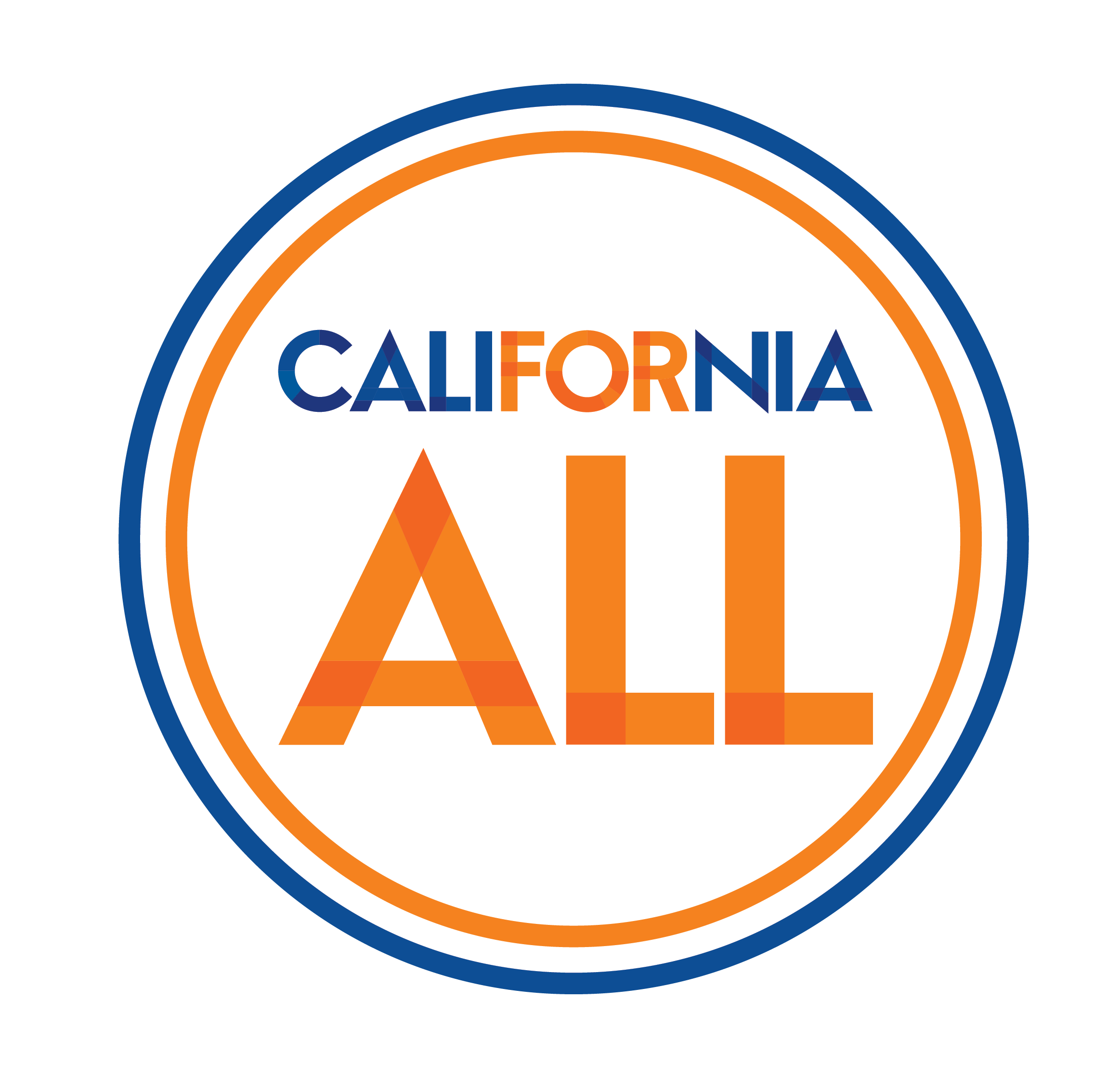Making Informed Choices
Proposition 65 enables Californians to make informed choices about their exposures to listed chemicals. This site is designed to help Californians learn about what these chemicals are, why they are on the Proposition 65 list, how and where exposures can occur, and how these exposures can be avoided or reduced. Any actions you decide to take to reduce your exposure to a listed chemical are a matter of personal choice.
Information on this site includes fact sheets to help inform Californians about certain chemicals, and specific steps they might choose to take to reduce their exposure to them. We also provide information on chemicals in certain places (such as parking garages or service stations) and products. For a broad overview of how Proposition 65 warnings work, and how you can use them to reduce your exposure to toxic chemicals on the Proposition 65 list, consult our “Big Picture” fact sheet.
Reducing Californians’ Exposures
Although many Californians may primarily associate Proposition 65 with warnings, it has also resulted in businesses removing listed chemicals from their products. Sometimes this occurs soon after a chemical is listed under Proposition 65. Other times, businesses remove listed chemicals from their products as a part of the settlement of enforcement actions. Reformulations can benefit all Californians—and depending on where reformulated products are sold, consumers across the United States and around the world may benefit as well. Some recent examples include:
- In 2022, an Attorney General settlement with an infant and toddler formula manufacturer resulted in a commitment to reduce the levels of lead in its products. Lead can cause cancer and birth defects or other reproductive harm.
- In 2019, an Attorney General settlement with a supplement manufacturer resulted in a commitment to reduce the levels of lead in a number of products. Lead can cause cancer and birth defects or other reproductive harm.
- In 2016, an Attorney General settlement with a major food manufacturer of Ginger Snap cookies resulted in a commitment to reduce the levels of lead in those products.
- In 2014, a settlement with a major checkbook cover manufacturer resulted in a reformulation of vinyl checkbook covers to remove the phthalate DEHP. DEHP can also cause cancer and birth defects or other reproductive harm.
- Following the 2011 listing of 4-MEI, a carcinogen found in some caramel coloring, several major soft drink companies reformulated their sodas to reduce levels of the carcinogen in those products.
- In 2008, an Attorney General settlement with major processed food manufacturers resulted in the reduction of the carcinogen acrylamide in their potato chips and French fries.
- In 2006, an Attorney General settlement with major candy manufacturers resulted in substantially reduced lead content in some types of Mexican candy popular with children.
- In 2006, an Attorney General settlement with dozens of major retailers and distributors resulted in reduced lead content in children’s jewelry.
Additional examples of reduced chemical exposures stemming from Proposition 65 include:
- The reduction of lead in various products including toothpaste, antacids, and hair dye.
- The reduction of arsenic, listed because it can cause cancer and birth defects or other reproductive harm, in bottled water.
- The removal of toluene, listed because it can cause birth defects or other reproductive harm, from many nail care products.
- A decrease in the lead content in ceramic tableware.
- The elimination of the use of lead-containing foil caps on wine bottles by many wineries.
- The reformulation of paint strippers to remove the carcinogen methylene chloride.
Proposition 65 has also succeeded in spurring significant reductions in California of air emissions of listed chemicals, such as ethylene oxide, hexavalent chromium, and chloroform.



